Climate challenge & COP-26 at Glasgow
COP-26 at Glasgow was, without a doubt, one of the most anticipated events of 2021. For some, it was a hyped-up situation as the last chance to save the planet. In contrast, for others, decisions at COP held the reins to decide the fate of humanity.
Nevertheless, whatever might have been the opinions worldwide, one thing was clear: the imminent need to tackle the looming challenges of climate change. Of course, we all know climate change is a reality and a natural phenomenon. Yet, what’s concerning is the rate at which climate change is happening due to anthropogenic activities.

Picture Credits@ Artur Kraft
Climate change is disastrous and causes severe damage worldwide. Still, experts say what we are witnessing is just the tip of the iceberg. With increased temperatures, these natural disasters will become more frequent, explosive and unpredictable. Thus, increasing their area of influence and touching more lives.
What is COP or Conference of Parties?
The Conference of Parties (COP) comes within the United Nations Climate Change Framework Convention (UNFCCC), formed in 1994. 2021 marks the 26th Conference of Parties hence the name COP-26.
Members at COP have been meeting every year since 1995. The office of the COP President rotates typically among the five United Nations regional groups – Africa, Asia, Latin America and the Caribbean, Central and Eastern Europe and Western Europe and Others.
The President is usually the environment minister of their home country.

Picture Credits@ Un, french govt.
Concerning, UNFCCC has 198 parties, including India, China and the USA. These member states generally meet in Bonn, the seat of the secretariat, unless a nation offers to host the session.
Understanding the background: Landmark Paris COP-21
It was at the historic Paris conference COP-21 (2015) where member nations successfully agreed to keep global temperatures “well below 2°C” and “ideally 1.5°C” above pre-industrial levels. Therefore, in pursuance of the same, the nations committed to NDC’s (Nationally Determined Targets).
As the name suggests, NDC’s are a series of targets that the governments agree to achieve and undertake on their initiative without any binding commitment.

Picture Credits@ Rod Long
However, with the consensus on global temperature targets, the next crucial thing requiring everyone’s attention was creating a framework for achieving net-zero emissions.
This step would require phasing out fossil fuels, transitioning to a renewable energy economy, climate financing for adaption and global commitments from all member states.
After the first submissions of NDC’s made by member nations and study undertaken on these voluntary targets, scientists found out that the efforts by member states were not enough. Even with the member states fulfilling 100 per cent of their NDC’s, the temperature would have still risen by 3 degrees Celsius in the next century.
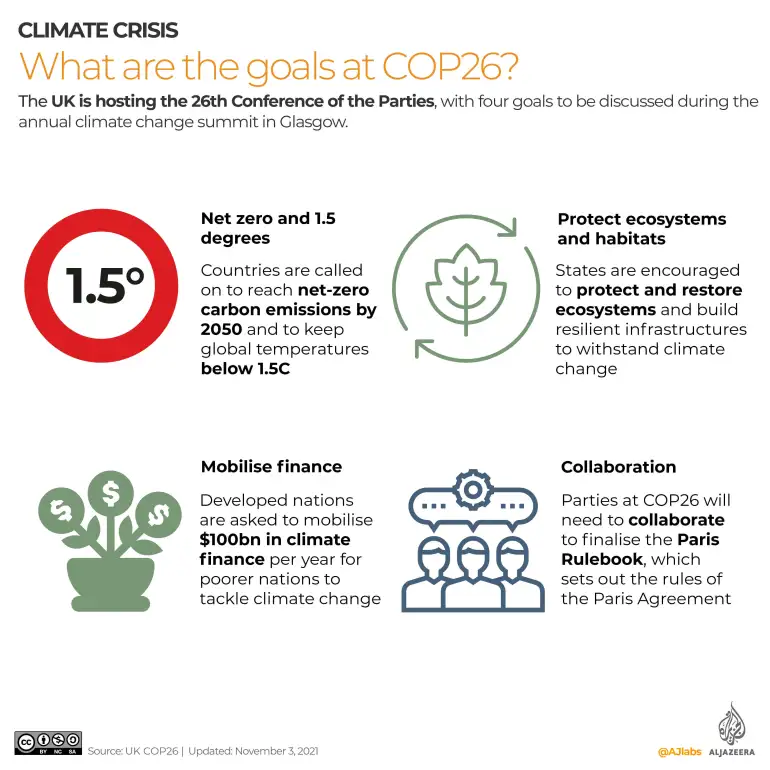
Picture Credits@ Al Jazeera
Besides, there were genuine concerns about tackling the rising global temperature and delivering on the Paris Agreement. Fulfilling the Paris targets required a dramatic shift in the way fossil fuels are used in our day to day life adding to the carbon emissions.
Thus, subsequent COP’s and their culmination in COP-26 formed a crucial aspect of discussing phasing out fossil fuels and shifting our energy production as a critical part of that challenge.
Goals at COP-26
According to the UNFCCC, the intentions of COP-26 will work towards achieving four goals:
Firstly, to reach global net-zero emissions by mid-century to deliver on their target of controlling global temperature rise within 1.5 degrees celsius. Accordingly, Countries have to develop ambitious 2030 emissions reductions targets (NDC’s) that will align with reaching net-zero emissions.
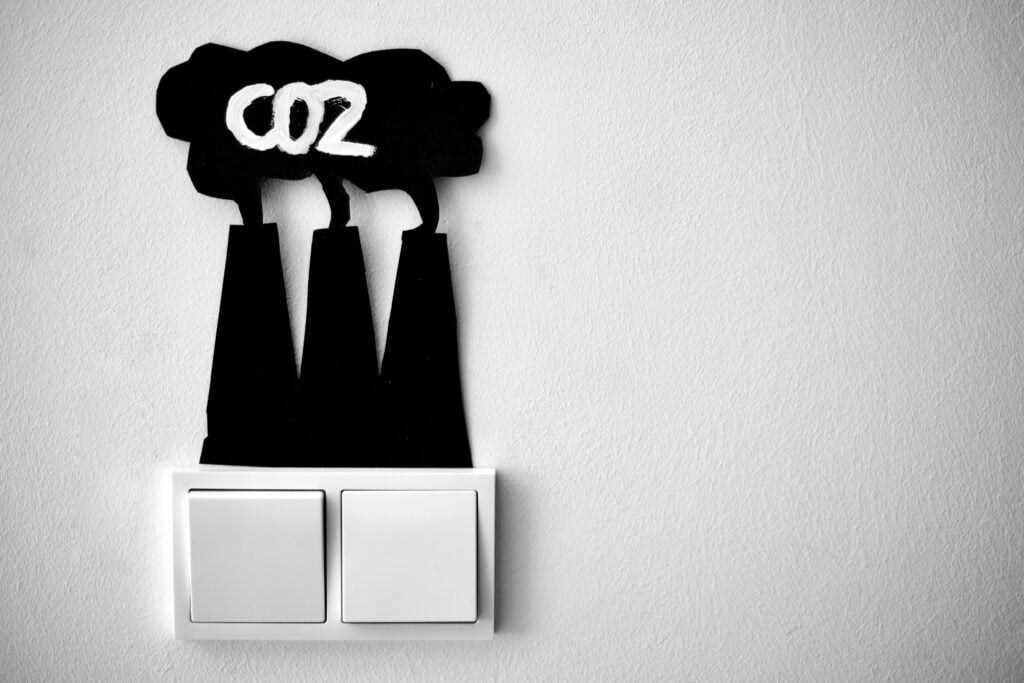
Picture Credits@ Jasmine Sessler
Furthermore, countries can follow the roadmap to accomplish these ambitious targets, which involves the following options.
- Accelerate the phasing-out of coal
- Halt deforestation
- Speed up our transition to effective electric vehicles
- Encourage investment in renewable energy and environmentally friendly technologies.
Secondly, the goal of COP-26 focused on adaptation to protect communities and natural habitats. We know that local communities, tribes, and indigenous people dependent on agriculture and forest resources are at the forefront of adaptation.
As a result, nations need to work together to protect and restore ecosystems, resilient infrastructure and agriculture to avoid loss of livelihoods, families and even lives.

Picture Credits@ Chris Leboutillier
Thirdly at the heart of COP-26 was the issue of financing resources to achieve the targets. Mobilizing finance is crucial because other nations lack the funds, technology, and motivation to tackle environmental challenges apart from developed countries.
At COP-21 Paris, developed countries agreed to make sure they promised to mobilize at least $100bn in climate finance per year by 2020. But since 2015, no initiatives have been taken regarding this corpus.
And lastly, the target at Glasgow was to work together to ‘finalize the Paris Rulebook’ and frame a list of detailed rules that will help fulfil the Paris Agreement.
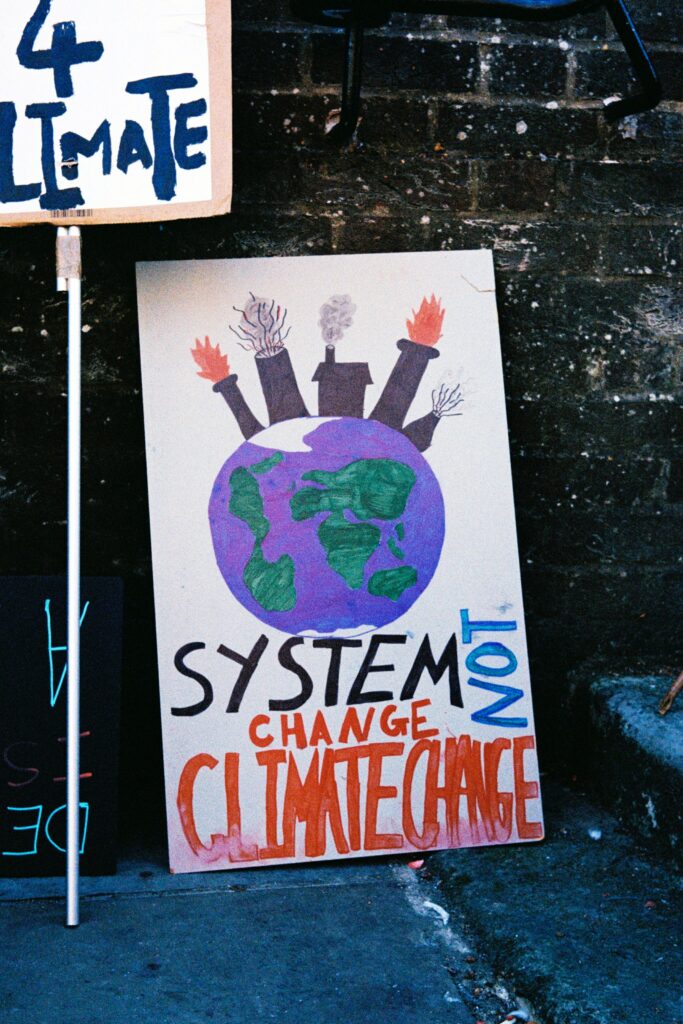
Picture Credits@ Scott Evans
What makes COP-26 significant?
Since the agreement works on a five-year cycle of climate actions, it’s the first five-year meeting since Paris. This five-year cycle is the reason COP-26 is so important to tackle climate change.
In addition to this, the agreement required signatories to announce renewed (NDCs), which required update in 2020 and every 5-years after that. Since the (UNFCCC) published an update on national climate action plans, it was clear on evaluation that NDC’s submitted by 191 nations were not enough.
At max, these efforts would have ensured a rise in temperature by 2.7 degrees celsius, which is much above the 1.5-degree Celsius target.
It is essential to understand here that nations are making efforts. As a result, there is a decrease in carbon footprint globally. Still, a difference of even .5 degrees celsius makes a lot of difference on the impacts that will occur on humanity.
Let us understand this by an example. According to an early assessment by Climate Action Tracker (CAT), an independent organization, the declared aims might limit global warming to roughly 2°C by the end of the century if fully realized.
It does, however, warn that the 2030 targets are not sufficiently aggressive. As a result, global temperatures are more likely to rise by 2.2°C to 2.7°C.
Therefore, providing a long-term strategy to decarbonize various economies by 2050 globally. And developed countries to collectively scale up their climate finance under the UNFCCC to secure a collective USD 100 billion per year by 2020. These discussions were the main points that allowed for staring eyes watching every movement at Glasgow so keenly.
The outcome of the meeting at COP-26: Success and failures

Picture credits@ Sridhar Vashisth
What were the achievements?
New Global and Country Targets:
By the time COP27 will be held in Egypt in 2022, governments should consider reinforcing and revaluating their 2030 targets. Glasgow countries agreed on setting a goal of keeping global warming below +1.5°C, with nearly 140 nations committing to achieving net-zero emissions by 2050.
The result is notable because, under the Paris Agreement, developing countries agreed to reduce the “emissions-intensity” of GDP rather than the total emissions output.
Furthermore, concerning country commitments, there is good news. For instance, India has now joined the consensus and set a net-zero goal for the year 2070. This step is a significant improvement from India’s previous posture, where it refused to acknowledge the need to reduce emissions. Likewise, with the change in leadership, the USA has now agreed to commit itself to environmental concerns.

Picture Credits@ Augustin lautaro
Glasgow Breakthrough Agenda:
A potentially significant development that emerged out of COP-26 is the Glasgow Breakthrough Agenda, successfully endorsed by 42 countries (including India).
This plan is a collaborative effort to speed up the development and deployment of clean technology and clean energy in transportation, steel, and hydrogen by securing long term solutions.
For example, at COP-26, continuing with its commitments, India proposed a “phase-down” of coal-based power, referred to as a “middle route” than “phasing out”, which created a lot of controversy for the Indian delegation.
Phasing-Down Coal Consumption:
Oil, natural gas and coal form the crux of fossil fuels. Of all the fossil fuels, coal is responsible for the most significant CO2 emissions. For one kilo of coal, the emissions are twice as much as one kilo of natural gas and 60 per cent more than a kilo of oil.
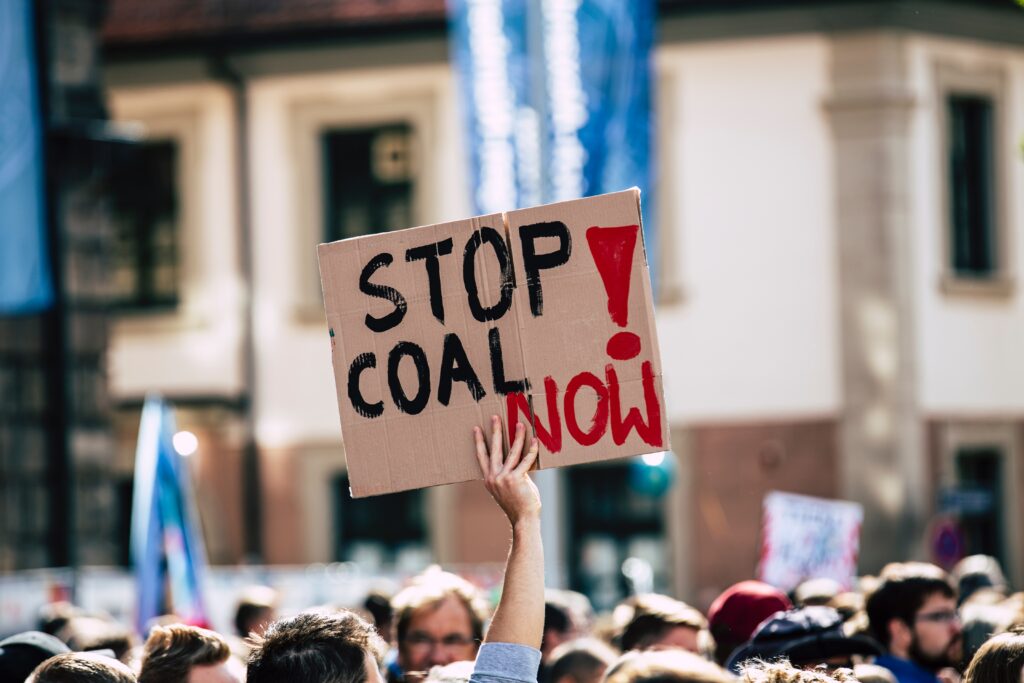
Picture Credits@ Markus Spiske
Thus, phasing out coal emissions are an imminent necessity. Many nations of the European Union are working out to phase out coal for energy production. Still, developing countries are apprehensive about taking this step.
Where it failed to achieve:
Voluntary Goals:
Discretionary targets set by the meetings are voluntary, with no enforcement mechanism or penalties for non-compliance. Moreover, many objectives are contingent on the availability of sufficient financial resources, which are yet to be received.
Absence of Comprehensive Specifics and Pursuits:
Many countries have not provided specific details on the actions that they will undertake. Without set reduction targets, it becomes challenging to identify the true path to net zero. In addition, this lack of specifics confuses what further accomplishments are needed and other streamlined actions.
Failure to Secure Climate Finance:
COP-26 summit’s reasonable warning encourages wealthy country participants to increase their climate finance provision. Without adequate global support providing finance and technology transfer there, won’t be any consolidated achievements. Furthermore, COP-26 failed to acquire any firm financial commitments from developed countries.

Picture Credits@ Markus Spiske
Inequitable Carbon Budget Allocation:
The world’s top three greatest polluters (China, the United States, and India), which account for more than 30% of the global population, would consume 78 per cent of the carbon budget. However, China wants to reach peak emissions only in 2030 before committing to reducing its emissions to net zero in 2060.
Before this happens, it would consume 54 per cent of the world carbon budget, although having only 18.7% of the global population. With 4.2% of the total population, the US would take up 14.2% of the budget and Europe, with 6.8%, would take up 9.5%.
Such an issue arises because focusing on net-zero dates does not ensure a fair distribution of the available carbon space when the position of the initial emission varies so widely. Therefore, forcing developing nations and underdeveloped nations to bear the brunt of environmental challenges without sufficient allocation.
New commitments at the COP-26 summit.
Leaders gathered in Glasgow realized the urgent need to take further actions. Consequently, world leaders also pledged to halt deforestation and reduce methane emissions at the global climate summit.
Methane syndicate:

Picture Credits@ Flash Dantz
The United States and the EU were at the forefront of making the historic vow to reduce methane gas emissions. Methane gas is the second-largest contributor to climate change and a more potent greenhouse gas than CO2.
Trivial as it might seem, this commitment might avoid global warming by 0.2 degrees Celsius. Concerning climate change, every minor contribution matters.
This alliance will work together to reduce global methane emissions up to 30% below 2020 levels by 2030.
Besides the EU and the US, over 103 nations have already signed up, including significant methane emitters like Nigeria and Pakistan. However, what’s worrisome is China, Russia, and India have declined to join this initiative. At the same time, Australia maintains that it would not support the pact.
The Deforestation Vow:

Picture Credits@ Justus Menke
More than 100 national leaders signed a vow to prevent and reverse deforestation and land degradation by the decade’s end.
According to the stats, in 2020, the world lost 258,000 sq km of forest. According to WRI’s Global Forest Watch, this amounts to an area larger than the UK. Nevertheless, the deforestation vow provides a significant impetus to tackle the menace of indiscriminate felling of trees.
Moreover, in our fight against climate change, forest cover plays a vital role in reducing carbon emissions. Hence significantly extending on a commitment made by 40 countries as part of the New York Declaration of Forests in 2014, this vow by member nations guarantees more significant resources.
Honest opinion

Picture Credits@ Tobia Rademach
The concerns and apprehensions of developing nations are indeed legitimate. However, these nations lack sufficient means, but they are also on an upward trajectory to secure economic stability and growth. Therefore, burdening these nations with environmental challenges today seems a little mistaken.
Developed countries and former colonial powers have already accomplished themselves by leveraging fossil fuels. Although they have secured prosperity and security for their citizens, many nations are yet to achieve it.
Environmental technologies are costly, and most nations suffering from poverty and internal crisis are not able to offer their support even though they want to.
Therefore in such a scenario, developed countries should come forward and take the lead. An adequate step for this is providing for climate finances along with transitioning their economies.
These nations can support the transition to a renewable energy-based system. This is because they possess the requisite technology and know-how. Further, this will also ensure adherence to the well-propounded principle of common but differentiated responsibility.
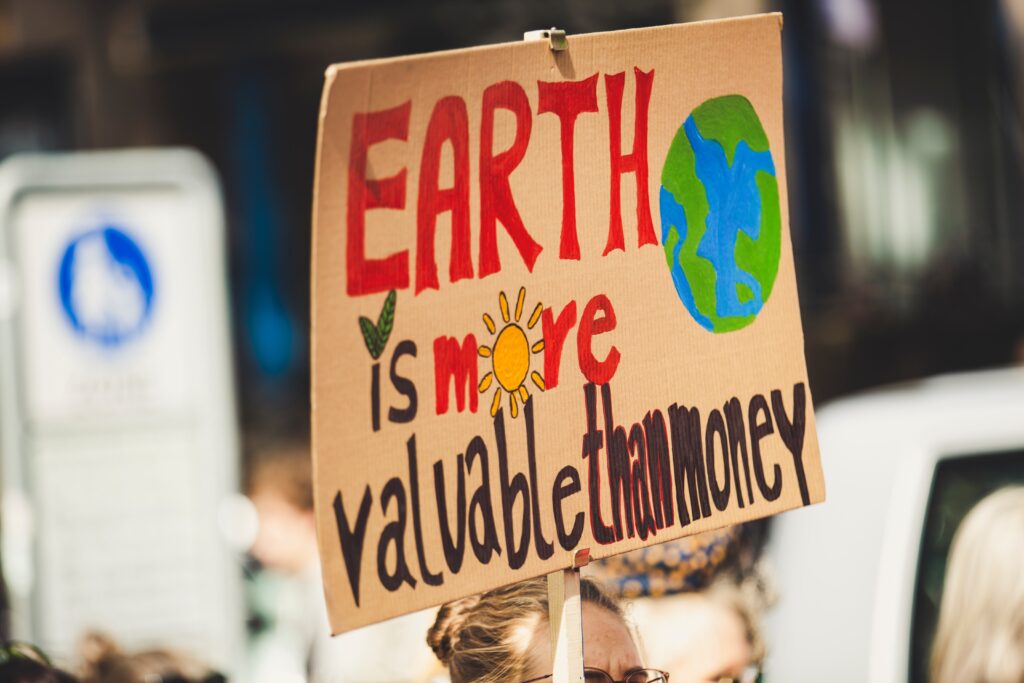
Picture Credits@ Markus Spiske
Conclusion
Nevertheless, this doesn’t mean that developing nations can shake off all their responsibilities. On the contrary, environmental challenges and climate change affects us all. Here it is to be kept in mind that developing nations will be at the forefront of climate change-induced disasters.
Thus, adaption is a necessity. How can they adapt and contribute to these challenges is the question. A single solution might not be the answer. Still, a multidimensional approach that involves maintaining the balance between development and growth and being vigilant about the challenges that lie ahead might be the key.
For instance, instead of raising emissions until 2030 as planned, China can maintain its current levels for a few years before reducing them to net-zero by 2050.
Similarly, India’s 2070 target would take up 18.1% of the carbon space, slightly higher than our population share of 17.7%. Therefore instead of phasing down, India should try to phase out coal-based power by 2070. Furthermore, India can also try to increase its renewable energy target, which will allow it to meet its phasing out or down targets earlier.
Also, the government shall consider ordering against the establishment of any new coal-based plants apart from those currently under construction.

Picture Credits@ NASA
In the end, all countries should take decisions considering that the impacts they experience will have knock-on effects beyond their borders.
But, ultimately, the responsibility lies on all of us, and we should come together in our fight for humanity’s future. Doubling adaptation finance by 2025 is only a first step in the right direction.
By Yash Arya.

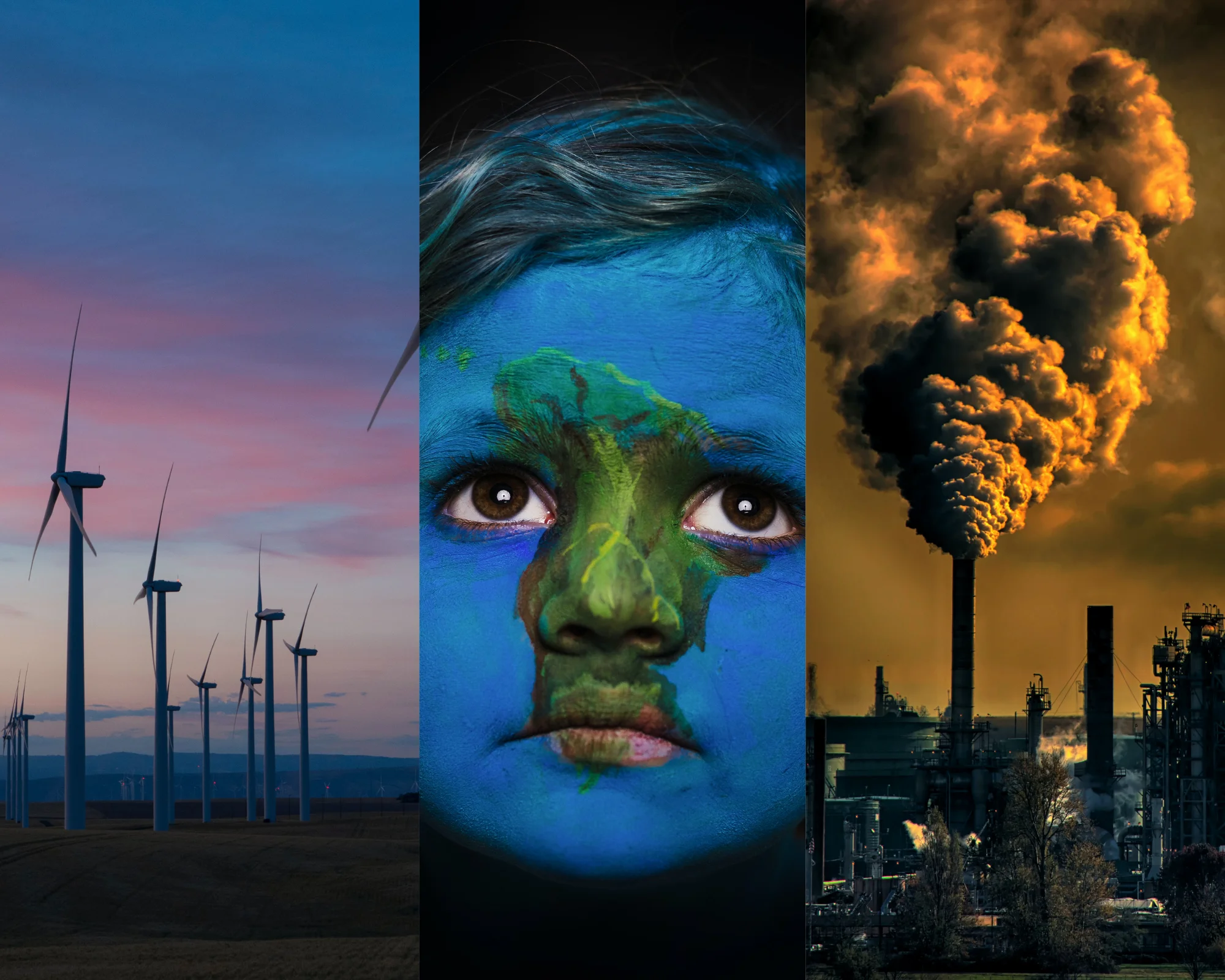
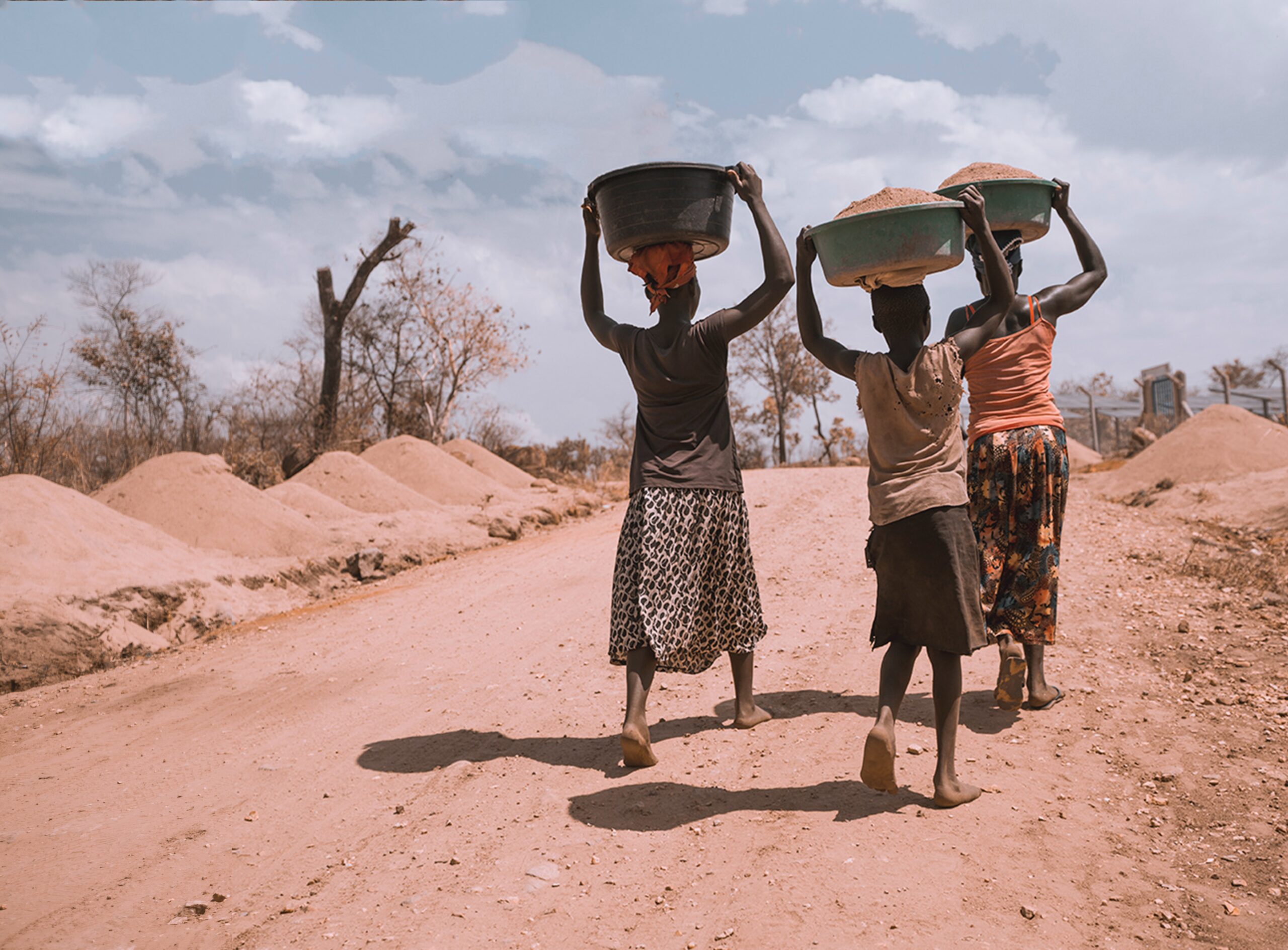






[…] 1 month agoExposed: Understanding the breaches in India’s cybersecurity during Covid-19 1 month agoIn a nutshell: Decoding COP 26. 2 months agoWhat Happened Between Australia And France: Submarine Deal Explained The […]
[…] recent climate conference at Glasgow (COP26) ended in a hassle, bringing the commitments, targets, and efforts of Europe as a regional entity to […]